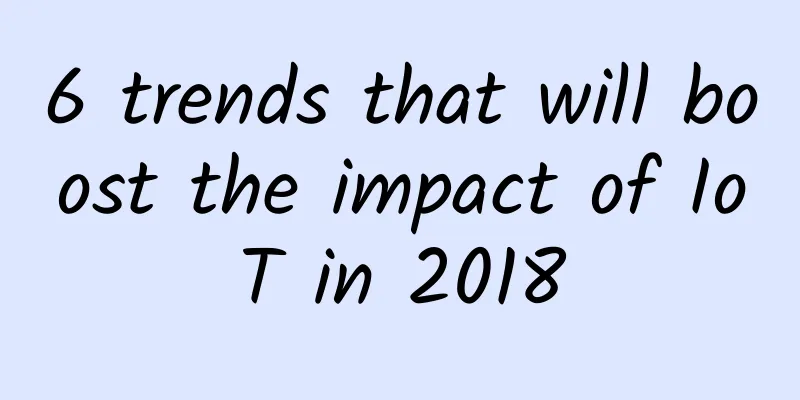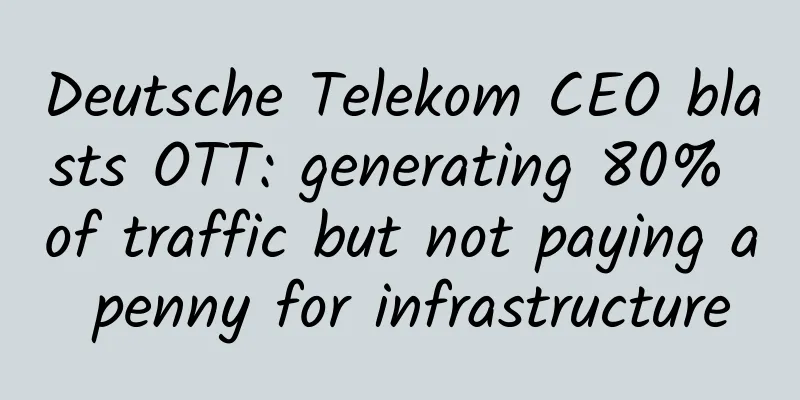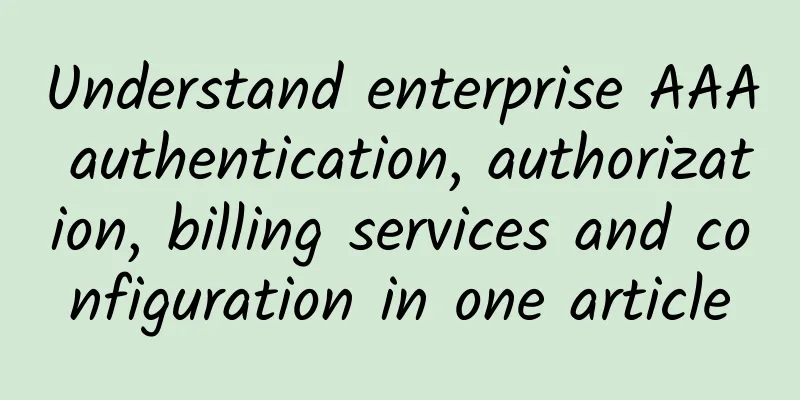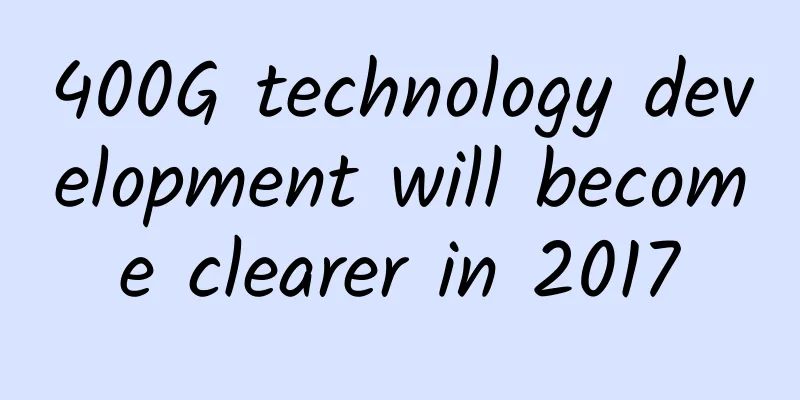6 trends that will boost the impact of IoT in 2018

|
In 2016-2017, the trend of IoT was widely accepted. In 2018, more ideas and practical complexities will be solved and rise to the next level of implementation. Since devices can be expressed digitally, it becomes easier to monitor them so that real-time data flow is closer to relative and reliable. This is a fast-paced trend that can be realized through the IoT trend that has been predicted for many years. 1. The hybrid of blockchain and IoT Blockchain is the most talked about feature since 2016. The stunning success of blockchain-based cryptocurrencies has made this technology the standard bearer for seamless transactions, reducing costs and eliminating trust in central data sources. Blockchain works by enhancing trusted engagement through a secure, accelerated, and transparent model. Businesses can benefit through automated coded transactions and faster transactions. As a result, real-time data from IoT channels can be utilized in such transactions while protecting the privacy of all parties involved. Security remains the primary challenge for IoT, which the encryption process of authorized blockchains can help solve. Blockchain provides security against data theft, which is exactly what IoT networks need.
2. Venture capitalists will become more confident The Internet of Things has an undeniable impact and will continue to attract more VCs to invest in highly innovative projects. It is one of the few markets that has attracted interest from both emerging and traditional startup investors. Although growth will be severely tested next year and the true potential has yet to be tapped, IoT companies will be favored over all others. About 28% of companies in transportation, retail, insurance and mining are convinced to add IoT to their service models. 3. Increasing reliance on big data analysis The core of IoT is dynamic data sharing. Big data analysis will help build responsive applications. Combining IoT data channels with machine learning engines to obtain demand analysis insights has gained momentum this year and will usher in a spurt in 2018. As IoT service providers, enterprises must guide their innovation to the foundation of predictive analysis. Subsequently, the demand for big data skills will rise by 75%, and the use of data in HR systems has already begun to be tested. Although most IoT service providers have emphasized the shortage of such technical talents, internal learning projects closely related to R&D have already sounded the alarm. 4. Artificial intelligence will also play a role Machine learning capabilities are the most recognized AI technology, which can calculate data based on predictive thinking without manual programming and triggering real-time tasks in IoT channels. That is, by stimulating real-time reminders from programmed instructions, IoT will become intelligent, capture instructions obtained from our daily habits, and perform manual tasks for us. Apple's "Siri" and even automatic coffee. This will enable the Internet of Things to leap from smart devices to fully equipped smart homes. This precise information with a secure transaction environment can be innovated to improve operational efficiency and enhance customer engagement. 5. Devices will become a marketing platform As technology is integrated into our daily lives, we are more receptive to automatically recommending relevant brands based on our status and pursuing more personalized living habits in our daily lives. Customer data has great significance here, and using it for personalized marketing will continue to grow. The information we provide instantly feeds into various marketing platforms. For example, car service operators offer lucrative discounts after they have access to your driving data, while insurance companies also share your details. 6. The number of connected devices will double The rapid adoption of IoT projects over the past five years has resulted in billions of connected devices. As consumers continue to indulge in more electronic gadgets, the IoT will explode. The number of connected devices grew from millions (4.9) in 2015 to billions (6.1) in 2016. This will at least double by 2018 and reach 46 billion by 2021. More IoT devices will be coming into this channel than ever before. This is our direct reliance on electronics, and this is how our future is being shaped. See: About two-thirds of Americans use an iOS-connected device. The glue that binds these trends Their first priority is narrowband IoT (nb-IoT), a low-power area network that is sufficient to meet the needs of IoT devices - smaller bandwidth, greater connection density, lower operating costs and long-lasting battery life. Don't miss wearable devices, which present a higher degree of personalized intelligent data sharing for managing assets. The Internet of Things doesn’t stop there! A host of inventions that were previously doubted are now finally seeing the light of day. |
>>: Industry hot spots of data center in 2018
Recommend
「Product News」Interpretation of Dataphin's real-time R&D of batch and stream integration
background Every time the bell of the Double 11 g...
VULTR adds 32nd data center in the world: Tel Aviv, Israel
In February this year, we shared the news that VU...
5G Capacity Expansion Benchmark Study Based on User Service Perception
The formulation of the cell capacity baseline in ...
On "GPL is a trap for software developers"
[[381740]] This article is reprinted from the WeC...
5G and manufacturing: the missing link to drive Industry 4.0?
5G can help transform the manufacturing industry....
The base station power consumption is too high and the charges are 9 times higher than 4G. Are the operators facing a big problem this time?
Previously, China Unicom officially announced tha...
Tech Neo October Issue: Concurrency Optimization
51CTO Network+ Platform launched the "TechNe...
CDN+MEC will become the main battlefield in the future
With the rapid development of cloud computing, cl...
Network Performance Monitoring and Diagnostics Market Guide (2020 Edition)
With the acceleration of cloud migration and the ...
I secretly monitored their communication traffic...
I am a monitoring software. My master spent sever...
The beginning of the 5G era means the end of American hegemony! (In-depth)
01 There has been a lot of discussion about 5G re...
When will 5G home Internet be available?
What is 5G Home Internet? 5G Home Internet, also ...
To prevent 5G from the barrel effect, both Sub-6GHz and millimeter wave are indispensable
The wooden barrel effect is a well-known truth. 5...
All in ONE! Borei Data launches an integrated intelligent observability platform
On May 20, Borei Data officially launched the int...
Optimization practice of real-time 1V1 Q&A RUDP transmission with global 250 milliseconds delay
Recently, I have talked with many friends in the ...






![[Black Friday] spinservers: $270 off San Jose high-end servers, dual E5-2683 v4, 512G memory, 2*3.83T SSD, 10Gbps bandwidth](/upload/images/67cac499cea2f.webp)


